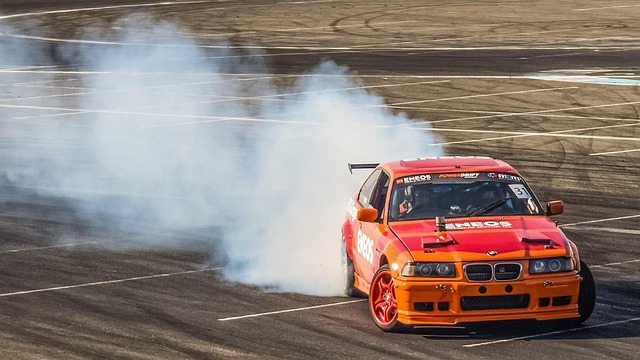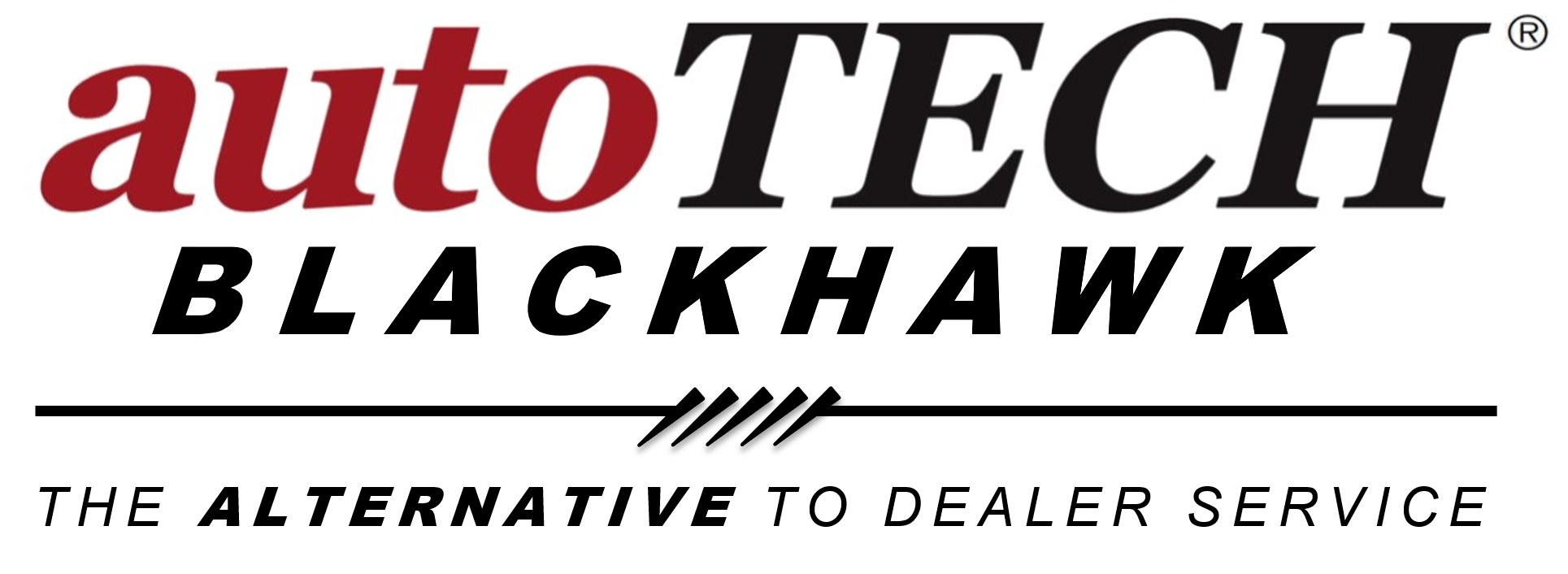For your car to be ready for a smog check is about getting the engine and exhaust components functioning properly and your car meeting the test for clean air regulations. Smog checks examine tailpipe emissions, the vehicle’s computer, and components such as the gas cap. Some straightforward measures assist a car pass, like repairing “test engine” lights, ensuring the oil is clean, and checking tire air. Some drivers overlook tiny things like using the right fuel or warming up the car before a check. Each state has their own guidelines, but these basics work nearly everywhere. In the following sections, discover actions to make your car rule-smog compliant, save cash, and stay cool during check-up.
Key Takeaways
- Know that in addition to renewing your car registration, passing a smog check means cleaner air and better health for everyone.
- Taking care of warning lights, particularly the check engine light, and giving your car a simple tune-up can be the difference between passing emissions and paying for an expensive, avoidable failure.
- Know your local rules and what they test for since smog check rules and tested pollution differ by region, vehicle age and type, which can affect the testing process and vehicle preparation.
- Routine fail points like a bad catalytic converter, oxygen sensors, loose gas caps or EVAP (evaporative emissions) system should be addressed before the test.
- Use an OBD-II scanner to read, understand, and clear codes after repair — making sure all monitors are ready and there are no codes.
- If your car flunks the smog, examine the report, prioritize essential fixes, retain all records, and be ready for retesting as your local laws require.
Understand the Emissions Test
Emission tests are designed to reduce the amount of pollution vehicles cause. Everywhere requires these tests by law — once or every two years — to help keep the air cleaner. You must pass the test in order to renew your vehicle registration. If you don’t pass, you may confront repairs or registration red tape, both expensive and inconvenient.
Test Purpose
The primary objective of a smog test is to repair vehicles so they comply with established environmental regulations. They are there to restrict emissions from cars. By checking emissions, test centers assist in monitoring air quality and ensuring it remains within a safe level for the public. Cars that pass help cut down on air pollution, something that makes a difference for everyone’s health, particularly in tight urban spaces. It promotes public safety and prevents health problems associated with bad air.
Measured Pollutants
|
Pollutant |
Source |
Effect on Air/Health |
|
Carbon monoxide |
Incomplete engine combustion |
Reduces oxygen in blood, harmful to heart |
|
Nitrogen oxides |
High engine temperatures |
Forms smog, worsens asthma |
|
Hydrocarbons |
Unburned fuel, oil leaks |
Creates ground-level ozone, irritates lungs |
|
Particulate |
Exhaust, worn engine parts |
Causes breathing issues, pollutes air |
High emissions can indicate engine or exhaust problems. Having the check engine light on is usually a sign that something serious is wrong, and it will cause you to fail the test. Testing these emissions helps indicate whether your car is damaging local atmospheric conditions. Certain regions test additional emissions depending on their requirements, so it’s smart to be aware of local regulations.
Inspection Types
|
Inspection Type |
Methodology |
Passing Criteria |
|
OBD test |
Scans on-board diagnostics |
No codes, no warning lights |
|
Tailpipe test |
Measures tailpipe gases |
Below set emission limits |
|
Visual inspection |
Looks for tampering/leaks |
No obvious faults or illegal changes |
|
Dynamo test |
High-speed simulation on rollers |
Emissions stay within legal range |
Newer cars typically receive an OBD test, older ones might receive a tailpipe or even a dynamo test. Visual inspection is always conducted to detect tampering or unauthorized engine modification. Each method has clear rules: failing any part can mean repairs are needed before you can pass. In certain locations, drivers are permitted to attempt a mock emissions test prior to the official one, which helps identify issues in advance and consequently saves time.
Your Pre-Check Action Plan
Going in for a smog check takes a lot more than a 5-minute run to the test center. A good checklist and process are key to not stalling, and getting your car through the first time. This action plan details every step to prepare your car for the inspection and maintain it in good condition.
Address Warning Lights
Make sure the check engine and all other warning lights are off prior to your test. If any lights are on, read the fault codes with an OBD-II scan tool. Repair them, even if the car feels like it runs well. Driving with “check engine” lights on can imply your vehicle has issues that will lead to an automatic failure at the smog check. Codes HAVE to be cleared, and the underlying causes addressed, because short-cuts or code clearance without repair are a recipe for subsequent failure and increased expense down the road.
Perform Basic Tune-Up
A tune-up maintains the engine clean and smooth to run. Change spark plugs and check ignition. Replace filthy air filters — a choked filter impedes airflow and reduces combustion efficiency, potentially impacting emissions. Check the fuel and exhaust systems. Change engine oil and filters to eliminate oils and additives that can increase emissions. Pre-Check in the real world.
Check Fluids and Tires
Check fluid levels – engine oil, coolant, brake fluid, and transmission. Change any fluids that appear dirty or scorched. Good fluid levels and clean fluids keep your engine happy and emissions low. Don’t have leaks, DANG LEAKS, because that will set off failures in the test. Check tire pressure and fill to recommended level. Correct tire pressure makes your car drive smoothly through their cycles and tests.
Drive the Car
Pre-Check Action Plan – Before your smog check, drive for 15–20 minutes, preferably at highway speeds. This warms up the motor and exhaust, so it gets correct sensor readings. Don’t make short trips on test day, cold engines might not pass emissions. Driving regularly in the weeks leading up to the test keeps the system primed.
Verify Readiness Monitors
Employ a scan tool to see if all OBD readiness monitors have run. Partial monitors can cause a test to fail, even if there are no warning lights. Certain monitors do require specific drive cycles to reset, such as city and highway driving. Pre-check action plan: Verify monitor status prior to the test center.
Decoding Diagnostic Codes
Decoding diagnostic codes is a crucial step for anyone unclogging a car for a smog check. The OBD-II system, which is standard on nearly every car since 1996, monitors a number of emissions-related components and issues diagnostic trouble codes (DTCs) if it detects malfunctions. They’re a convenient method to detect and address problems pre-smog test, to prevent immediate test failure. To drivers the world over, making sense of these codes may appear daunting initially, but being able to interpret and respond to them saves you time and stress. Tracking codes and fixes help maintain momentum in maintenance and develop a transparent vehicle history.
Reading Codes
Begin by locating the OBD-II port, typically situated beneath the dashboard or in proximity to the driver’s seat. Connect a scan tool or code reader to the port. The tool will display a series of codes containing a combination of letters and numbers, such as “P0455” or “P0171.” These codes indicate specific emissions or engine issues. They don’t solve the issue, but they do direct you.
Each code means something related to emissions or performance. For instance, ‘P0420’ indicates that your catalytic converter is underperforming and this can result in a failed smog inspection in numerous areas. Online code databases and manuals then assist in decoding these into plain language. If you discover codes, make a note of them with the date and any symptoms the car exhibits.
Interpreting Codes
After you have the codes, dig into what each one means for your vehicle’s health. Not all codes are created equal — some require swift action, such as those associated with misfires or oxygen sensors, because they can increase emissions. Others might not affect smog checks, but can still impact drive quality.
Rely on reliable guides or online resources to understand each code’s context. Sometimes the significance is ambiguous and you’ll need a pro to check the car for a complete repair.
Clearing Codes
Once you’re done hosting, use the scan tool to erase the codes and reset the system. Be careful: If you clear codes but do not fix the real issue, the smog check will likely fail. Check engine light has to remain off after codes are cleared.
Once codes are reset, the car’s system needs time to self-test once more. These are known as ‘readiness monitors. Wait until all monitors have completed their cycle before getting a smog check or you’ll likely fail.
Local Smog Check Rules
Local smog check rules keep air clean by ensuring cars comply with emission limits. These rules vary by location. Before prepping your ride, review the smog check rules for your specific vehicle and location.
- Smog checks are frequently needed for vehicles over 8 years old.
- Requirements change for gasoline, diesel, electric, and older cars.
- Rules vary by region; check for updates often.
- Certain cars are exempt, like electric, motorcycles, and antiques.
- Certain rules are in effect for car sales, transfers and out-of-state registration.
- Smog abatement fees could take the place of checks for newer cars in certain areas.
Requirement Variations
Local smog check rules vary. In California, gas-powered cars 1976 and newer require a test biennially. Diesel vehicles prior to 1998/over 14,000 lbs must test. Cars bought or traded off—regardless of age—need a test if not excluded. If your vehicle is electric, a motorbike or built prior to 1975, it’s typically exempt. Certain states allow you to pay a fee in lieu of testing if your car is under four years old, and this continues until the car is up to eight years old since initial registration. Read your local government’s website or give them a call, since rules shift over time. If you move or travel, your new locale might be more stringent or less stringent.
Finding a Station
Go to a state certified smog check station that complies with the local regulations. Certain stations merely test, and others test and mend as well. Skip the line, see what others are saying and book your appointment online or by phone. Not every station tests every vehicle type—big diesel trucks or hybrids require specialised equipment and expertise. Check that the station can examine your car before you arrive. If you’re in a rush, some stations will provide same-day service, although these might be more expensive.
Test Exemptions
Check if your car could bypass the smog test. In some locations, fully electric vehicles, motorcycles, and vehicles from a certain year or older, such as 1975, are exempt from testing. Some diesel and natural gas vehicles, depending on weight or year, qualify. If you have a newer car, you may simply pay a surcharge for a few years instead of testing. Check with local officials for special programs or waivers in your case.

Handling a Failed Test
A failed smog check isn’t unusual, considering that there are so many systems at play and that quite a few places have tight restrictions. This can feel bureaucratic and stressful, like waiting for days at a border crossing, but it plays an important role in diminishing air pollution and protecting public health. Below are the key steps to take after a failed smog check:
- Read the failure report to find every problem area.
- Attack the low hanging fruit first, especially those affecting emissions directly.
- Fix it up and maintain documentation of all work – invoices, inspection notes, etc.
- Prepare for a retest, all flags up, vehicle legal.
Review the Report
Begin by reading the smog check report. The report enumerates trouble codes, emissions readings and particular failures, like elevated HC, CO, NOx, CO2 or O2. Every one of them indicates some portion of your emissions system that’s due for a check. If your car is 1996 or newer, readiness flags have to be set or you’re doomed for another failure. The report can be technical-speak, so it’s useful to check with a mechanic if you come across something ambiguous. Let the report be your repair roadmap — just be sure to identify which items are most urgent and what can wait.
Prioritize Repairs
Not every failure requires immediate attention. Address the worst emissions issues first, like a bad cat or oxygen sensor, since these are most likely to take you down on a retest. Consider the cost of repairs as it relates to your car’s value, particularly if they are going to be extensive. Plan on working with an emissions-systems savvy tech — the sort who can actually help you get by the inspector. Stick all repair documentation and timelines together to steer clear of registration or future inspection hiccups.
Retest Options
Consult local regulations to understand your available repair and retest options. Certain areas permit retesting at the same center, occasionally at a discounted rate, whereas others necessitate scheduling a fresh appointment. Most locations have a retest deadline, so don’t procrastinate after fixes are completed. Prior to the retest, drive the car for 1-3 complete drive cycles to reset readiness flags, particularly for newer vehicles. Make sure all fixes are done and bring paperwork to prove your work.
Conclusion
Pass a smog check, clean parts, and fix minor leaks. Warm up the car for consistent exhaust. Reset Check Engine Light. Local regulations can vary, so research them in advance. Repair quickly to stop big issues. If smog tests are tough tests for many drivers, a simple strategy reduces strain. Check your gas cap, or swap an old air filter. Little things go a long way. Relax and maintain your vehicle. Smog checks can appear tough, but just a little smart preparation makes them fast. Leave your tips or inquire about tricky bits in the comments. Jump in the discussion and help others keep their rides in shape.
Frequently Asked Questions
1. What is a smog check and why is it important?
Think of a smog check as checking your car’s emissions. Passing saves air and is frequently mandated by statute for vehicle registration.
2. How can I prepare my car for a smog check?
Just make sure to check your fluids, inflate your tires, and drive your car for at least 20 minutes prior to the test. Repair any warning lights. These tips make your car run cleaner during the test.
3. What are common reasons cars fail a smog check?
Typical causes are a bad oxygen sensor, old spark plugs, a loose gas cap or an illuminated ‘Check Engine’ light. Taking care of all of these things will help you out and it can help you pass.
4. Can I clear diagnostic codes before a smog check?
Clearing codes resets your car’s computer. Your car won’t complete its self-tests soon enough and it fails by default. That’s why it’s preferable to address the underlying issue first.
5. Are smog check requirements the same everywhere?
No, smog check rules differ by place. Be sure to check your local laws to find out which cars have to be tested and how frequently.
6. What should I do if my car fails a smog check?
Request the test report. Fix the indicated issues, then test your vehicle again. Most places have a free retest within a time period.
7. Will a recent battery replacement affect the smog check?
Yes, pulling the battery resets your car’s computer. Your car might have to go through a few drive cycles before it’s ready for a smog check.
Need a Smog Check in California? Trust autoTECH Blackhawk for Expert Service
Experience the excellence of autoTECH Blackhawk when it comes to handling your California Smog Check. Why trust us with your inspection needs? Our standout feature is an unwavering dedication to building strong relationships with our clients, an essential part of keeping your vehicle compliant and running clean. This commitment shapes our tailored approach, ensuring every inspection aligns with your specific goals for performance, efficiency, and peace of mind on the road.
Whether your registration renewal requires a smog check, you’re concerned about emissions test results, or you simply want expert guidance on staying compliant with California standards, autoTECH Blackhawk is here to exceed your expectations. We proudly back our work with an industry-leading 3-year / 36,000-mile warranty on related repairs and use only high-quality, manufacturer-recommended parts when service is needed.
Don’t wait until a failed test disrupts your plans—contact our friendly team today to schedule a convenient, contactless smog check appointment!


